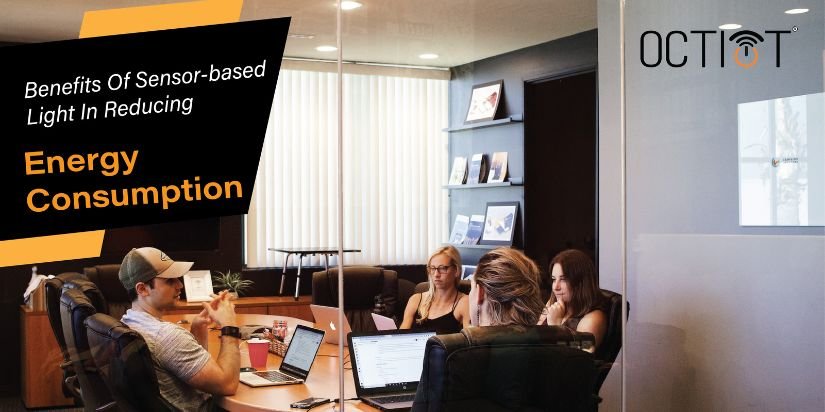Sensor-based lighting systems have revolutionized the way we light up our homes, offices, and other public spaces. These systems are designed to automatically adjust lighting levels based on the presence of people and natural light, making them an efficient and cost-effective solution for reducing energy consumption. In this blog post, we will explore the benefits of sensor-based lighting systems and how they can help reduce energy consumption.
1. Energy Efficiency
Sensor-based lighting systems are designed to turn lights on and off automatically, which helps reduce energy consumption. When the lights are not in use, they turn off, which not only saves energy but also prolongs the life of the lights. Additionally, the sensors are able to adjust the lighting levels based on the amount of natural light in the room, meaning the lights do not need to be on at full brightness when there is enough daylight.
2. Cost Savings:
By reducing energy consumption, sensor-based lighting systems can help save money on energy bills. The cost savings can be substantial, especially for large commercial spaces, which consume a lot of energy. Additionally, the cost of installing a motion sensor light or sensor-enabled lighting system can be recouped in a relatively short period of time through energy savings.
3. Improved Lighting Quality:
Sensor-based lighting systems can improve the quality of lighting by adjusting the lighting levels based on the needs of the occupants. For example, in a meeting room, the lights can be set to full brightness when the room is in use and then reduced when the room is empty.
This not only reduces energy consumption but also improves the quality of the lighting in the room.
4. Increased Productivity:
Motion sensors or sensor-based lighting systems can improve productivity by providing optimal lighting levels for different activities. For example, in an office environment, the lights can be set to a lower level when the office is empty, and then increased when the occupants arrive. This not only reduces energy consumption but also improves the quality of the lighting, making it easier for people to work.
5. Increased Safety:
Sensor-based lighting systems can increase safety by providing optimal lighting levels for different activities. For example, in a public space, the lights can be set to full brightness when the space is in use and then reduced when the space is empty. This not only reduces energy consumption but also increases safety by providing good visibility in the space.
6. Environmentally Friendly:
Sensor-based lighting systems are environmentally friendly because they reduce energy consumption. By reducing energy consumption, they also reduce greenhouse gas emissions, which are a major contributor to climate change. Additionally, the reduced energy consumption can help reduce the demand for non-renewable energy sources, such as oil and coal, and encourage the use of renewable energy sources, such as wind and solar power.
In conclusion, sensor-based lighting systems are a highly efficient and cost-effective solution for reducing energy consumption. They provide improved lighting quality, increased productivity, increased safety, and are environmentally friendly. With their many benefits, it is clear that sensor-based lighting systems are the way of the future and will play an important role in reducing energy consumption and creating more sustainable communities. So, if you are looking for a way to reduce energy consumption and save money on energy bills, consider installing an Octiot sensor-based lighting system today!
